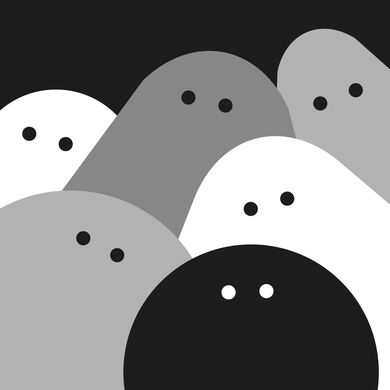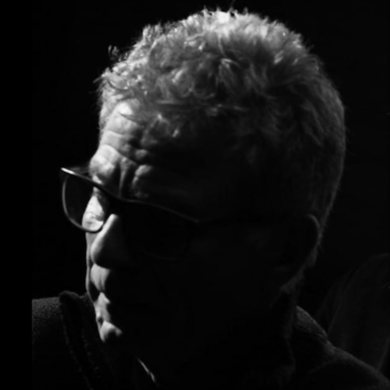Artificial Botany is an ongoing project which explores the latent expressive capacity of botanical illustrations through the use of machine learning algorithms. Before the invention of photography, botanical illustration was the only way to visually record the many species of plants. These images were used by physicists, pharmacists, and botanical scientists for identification, analysis, and classification.
While these works are no longer scientifically relevant today, they have become an inspiration for artists who pay homage to life and nature using contemporary tools and methodologies. Artificial Botany draws from public domain archive images of illustrations by the greatest artists of the genre, including Maria Sibylla Merian, Pierre-Joseph Redouté, Anne Pratt, Mariann North, and Ernst Haeckel.
Developing as an organism in an interweaving of forms that are transmitted and flow into each other, the plant is the symbol of nature’s creative power. In this continuous activity of organizing and shaping forms two opposing forces in tension are confronted: on one hand, the tendency to the shapeless, the fluidity of passing and changing; on the other, the tenacious power to persist, the principle of crystallization of the flow, without which it would be lost indefinitely. In the dynamic of expunction and contraction that marks the development of the plant, beauty manifests itself in that moment of balance which is impossible to fix, caught in its formation and already in the point of fading into the next one.
This version of the work is characterized by a grid inside which different modules are gradually revealed. This narration offers an unusual perspective on the generative process allowing the viewer to appreciate the overall dynamics and, at the same time, the detail of the individual flowers.



